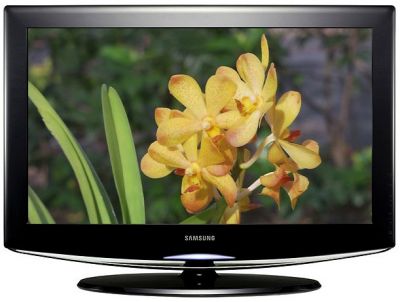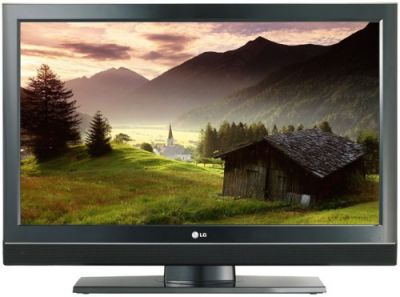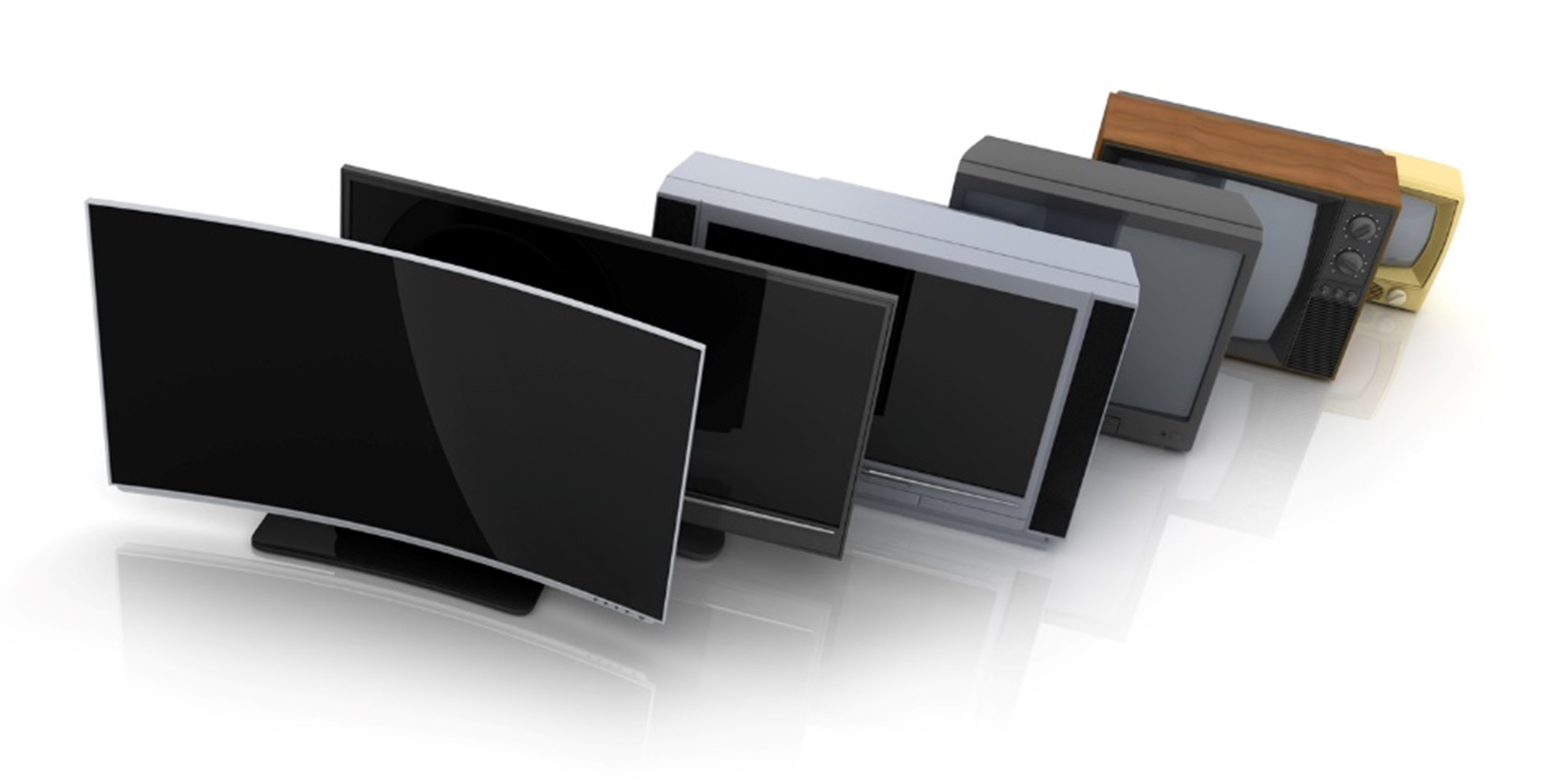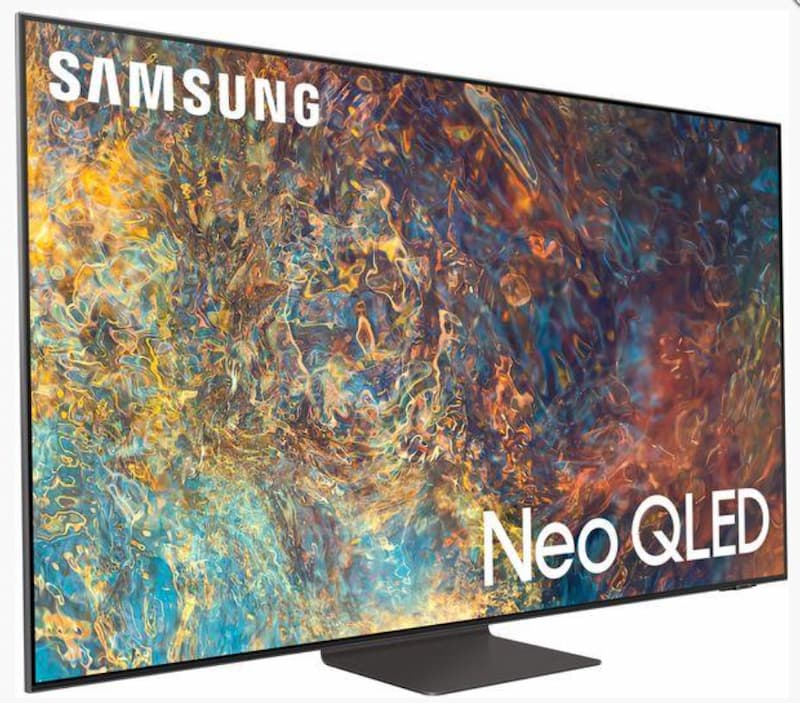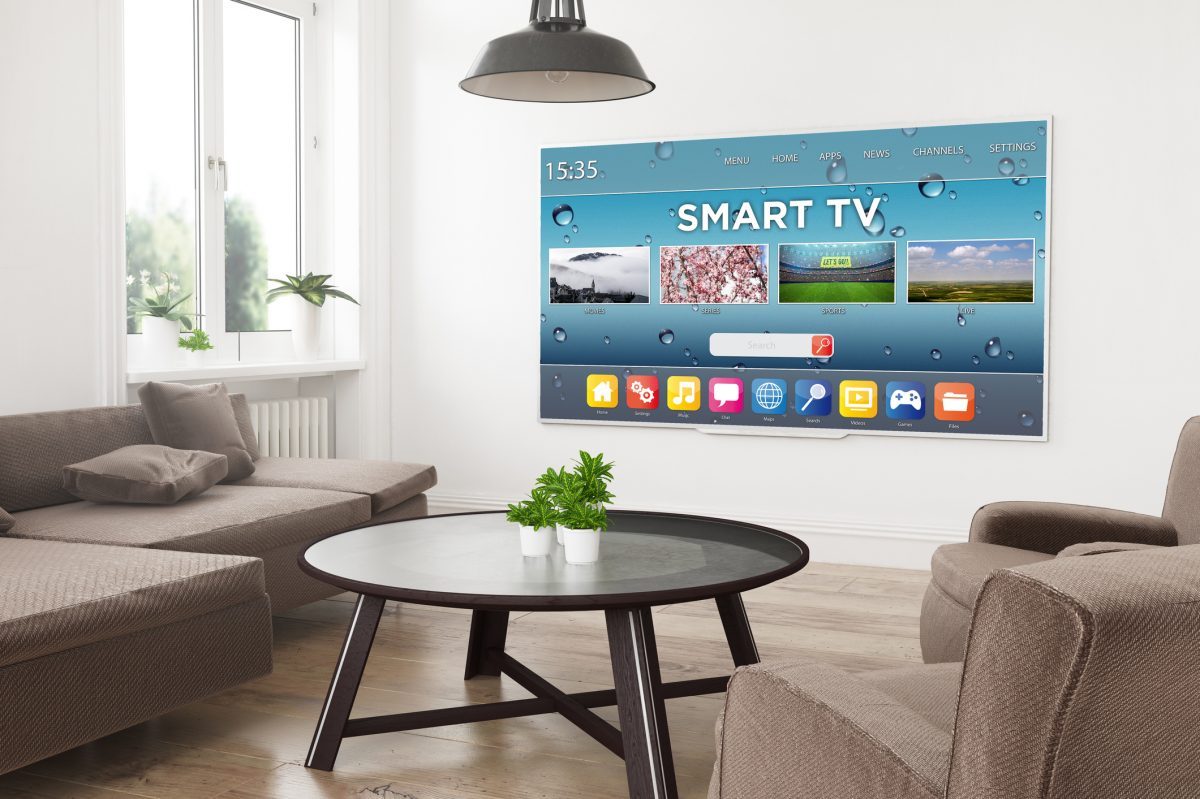So just when you thought you had it all figured out, that you knew your plasmas from your LCDs and your LCDs from your LED LCDs and your giraffes from your pumas, along comes something new and even more confusing – Laser Phosphor-based Displays, or LPD for short.
LPD displays work in a similar way to plasma screens, in that a light is used to excite a pixel sized amount of phosphor in just the right way to make it glow red, green or blue. What is different is the light source, with LPD screens using laser diodes to activate the phosphor cells. Now lasers always make stuff sound exciting but in reality the technology is very similar to that used to read DVDs in your computer or DVD player. What is impressive is that manufacturers predict a 75% reduction in power usage compared to existing HD TV technologies, and whether you’re thinking about your wallet or the environment you can’t help but like that.
As usual any new display technology will probably find its way in to corporate and event screens long before your average LG 32 LCD TV at home, but by being able to display a range of colour TWICE the size of LCD screens it could be a technology that catches on. I wouldn’t put that new Samsung 37 LCD TV on hold just yet though, as at present none of your DVDs would be able to make the most of all those colours anyway. It remains to be seen whether LPD screens will have issues with backwards compatibility because of this, but it would give the film industry a great excuse to make us re-buy all our favourite movies on yet another format!

